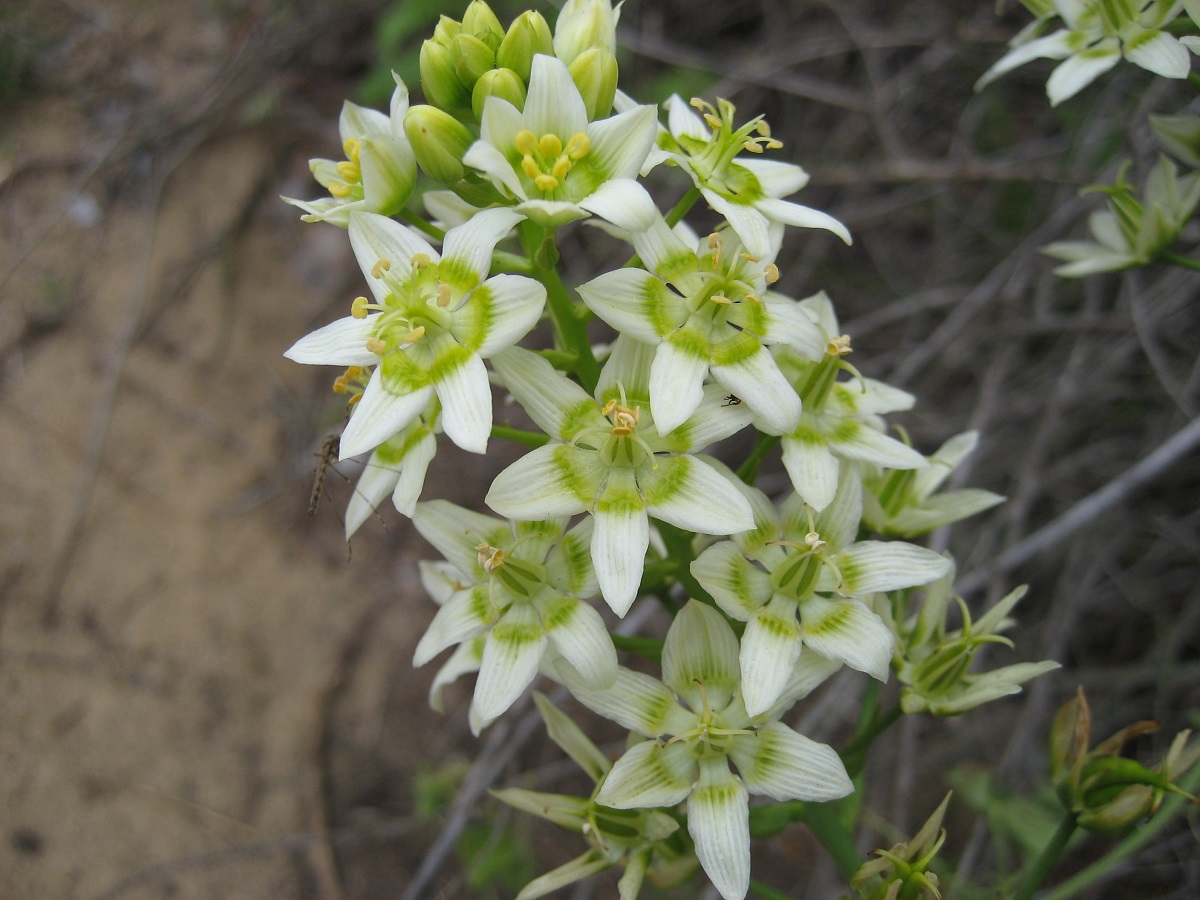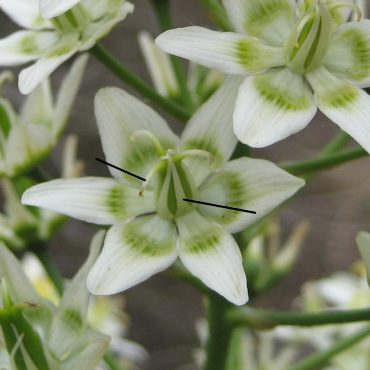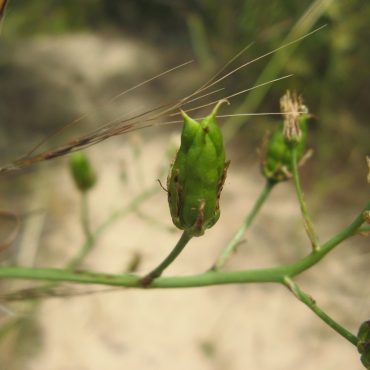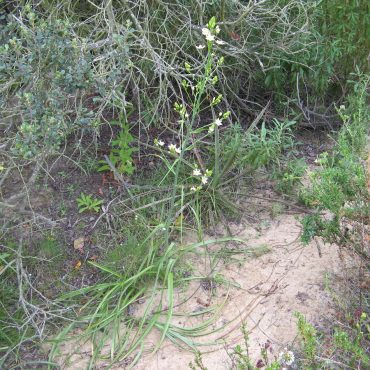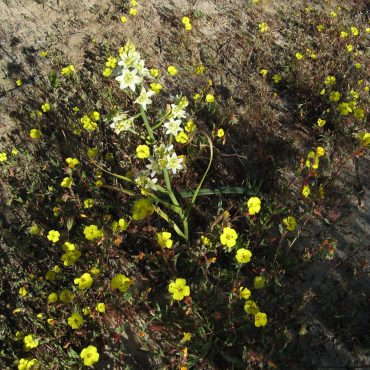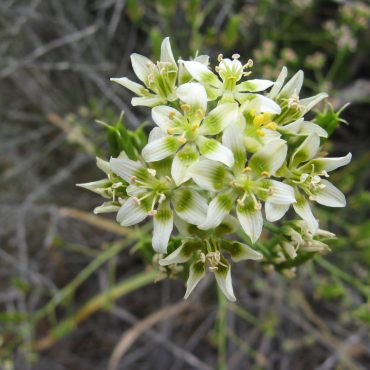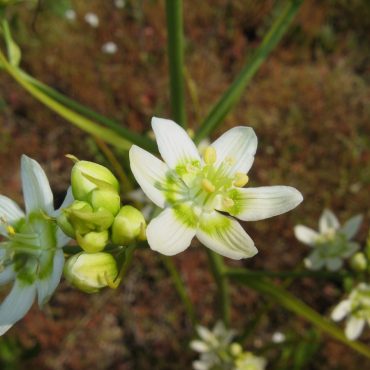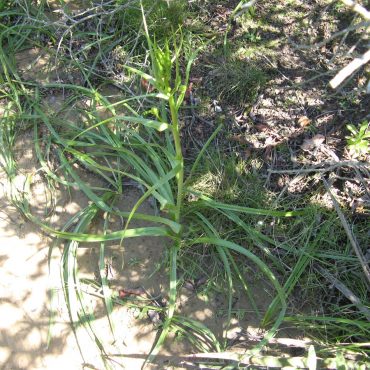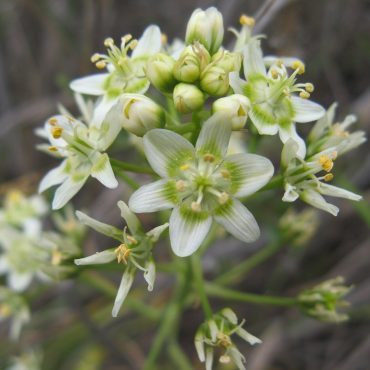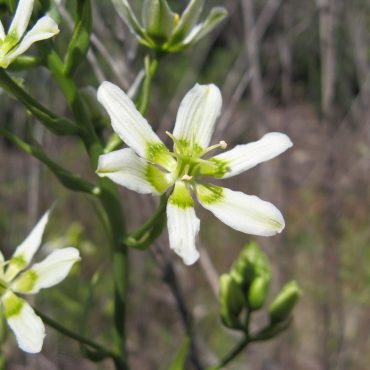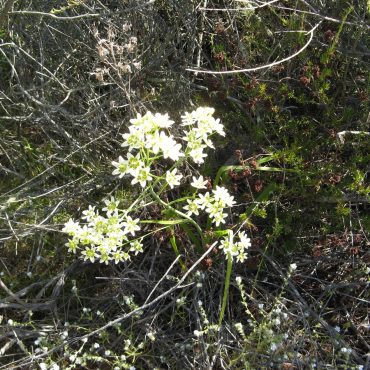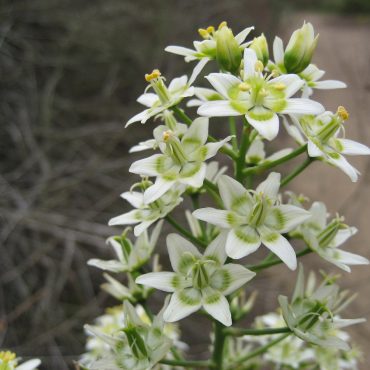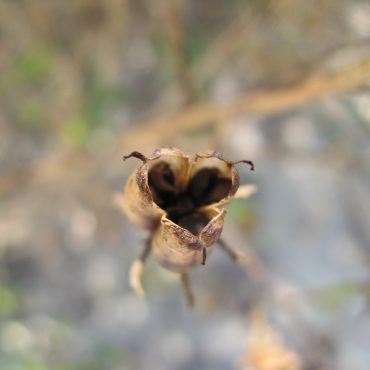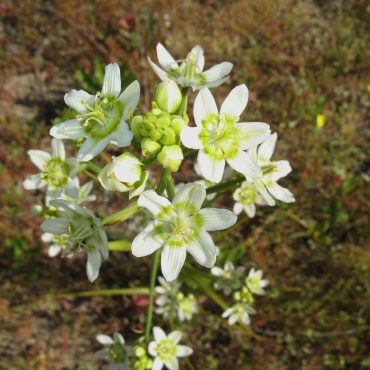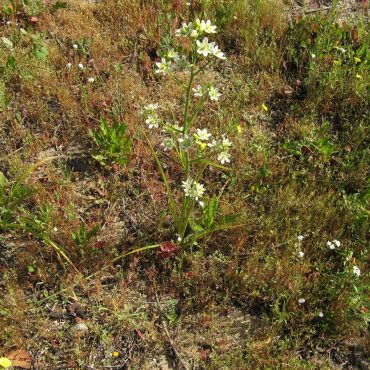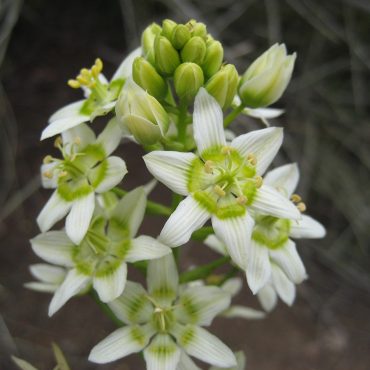Interesting Facts
Meriweather Lewis and William Clark are among the heroes of U.S. history. In 1803 Thomas Jefferson commissioned a select group of Army volunteers, the Corps of Discovery Expedition, under the command of Captain Lewis and Second Lieutenant Clark, to explore the newly purchased Louisiana Territory, and to find a practical route to the Pacific Ocean. Departing Saint Louis in May 1804, they entered the perilous Bitterroot Mountains in early September. This was a difficult crossing. When they descended from the mountains many days later, the men were exhausted, severely dehydrated and on the verge of starvation.
They spent several days camped near a band of Nez Perce Indians, who were wary but not hostile. The Indians gave them feasts of dried salmon, berries and cakes made from the blue camas bulbs, all of which the soldiers had eaten before. Shortly thereafter, many of the men, including Captain Lewis, fell violently ill with vomiting, debilitating diarrhea, and painful cramps that made breathing difficult. The westward journey of Lewis and Clark was delayed more than a week while the inflicted recovered.
Most historical reports attribute this illness to the change in diet, or to food-borne bacterial illness. Recent evidence, however, suggests that it was due to ingestion of death camas, probably inadvertently mixed into the blue camas cakes given to them by the Indians.27,56 No hostile intent was attributed to the Indians; the two species are very similar, and in late fall both plants are dormant. Mistaken identity was just one more hazard faced by the Indians and early explorers.

